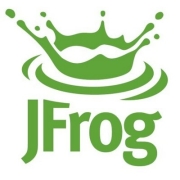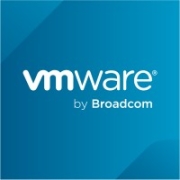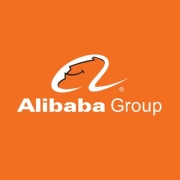Container Registry solutions provide centralized management for container images, enhancing secure storage and efficient retrieval. These registries simplify container deployment across various environments while ensuring compliance with organizational policies.
Container Registries play a significant role in continuous integration and deployment processes. By storing and managing container images, they facilitate a seamless flow from development to production. Security features, such as vulnerability scanning and access controls, ensure images are safe and compliant. These solutions offer versioning capabilities, making it easier to track changes and maintain stability in application deployment. Container image storage is optimized to handle high volumes and support scalability, accommodating growth without compromising performance.
What critical features should you consider?Container Registries find extensive use in industries like finance, healthcare, and technology, where security and compliance are critical. They support rapid deployment of features and updates while ensuring data protection. Custom policies help sectors meet regulatory requirements without hindrance.
Container Registries are instrumental for organizations looking to enhance their deployment processes. They offer streamlined management and secure storage, which boosts productivity and maintains compliance, making them an invaluable asset in modern development practices.
| Product | Market Share (%) |
|---|---|
| JFrog Container Registry | 29.7% |
| Harbor | 26.4% |
| Amazon ECR | 18.3% |
| Other | 25.60000000000001% |


















Container registry software is a vital tool for organizations that use containerization technologies like Docker, Kubernetes, and OpenShift. These tools help to store and manage container images efficiently. There are several types of container registry software available in the market, each with its own set of features and capabilities. Here are some of the different types of container registry software:
In conclusion, the different types of container registry software cater to the varying needs and preferences of organizations using containerization technologies. Whether you are looking for a cost-effective open-source solution, a cloud-based service, an enterprise-grade tool, or a comprehensive management platform, there is a container registry software option available to suit your requirements.
Container Registry Software is a tool used to store and manage container images in a centralized location. It works by storing container images, which are pre-packaged and lightweight virtualized applications, in a repository that can be easily accessed and distributed.
Here is an overview of how Container Registry Software works:
Overall, Container Registry Software simplifies the management and distribution of container images, making it easier for developers to build and deploy applications in a consistent and efficient manner.
Ensuring security in a Container Registry involves several best practices. Implement access controls to limit who can push or pull images. Regularly scan your images for vulnerabilities and use image signing to verify their integrity. Maintain a clear audit trail for actions taken within the registry. It's also crucial to use a registry solution that supports role-based access control and has robust security features such as encryption.
Why should you use a private Container Registry?Using a private Container Registry provides increased security for your container images compared to public registries. It allows you to keep your sensitive images in a controlled environment, manage access through authentication, and ensure compliance with organizational policies. Furthermore, a private registry can improve performance by reducing latency and providing better integration with your existing infrastructure.
What are the benefits of using Container Registry with CI/CD pipelines?Integrating Container Registry with CI/CD pipelines enables seamless management of container images throughout your development process. Automating image builds and deployments increases development efficiency while reducing manual errors. It provides consistent environments across development, testing, and production stages, allowing for more streamlined and reliable application releases.
How do you manage Container Registry storage effectively?Effective management of Container Registry storage involves regular cleanup of unused images and tags to free up space. Implement retention policies to automatically remove old images. Monitor usage patterns and leverage storage optimization features provided by your registry solution. Using deduplication and compression can also reduce the storage footprint of your container images.
What are the differences between Docker Hub and other Container Registry solutions?Docker Hub is a popular public Container Registry and is known for its ease of use and large community support. However, it may lack advanced features present in other registry solutions like role-based access control, enhanced security, and on-premises hosting options. Other registries might offer better integration with specific cloud providers, scalability options, or tailor-made solutions for enterprise needs.